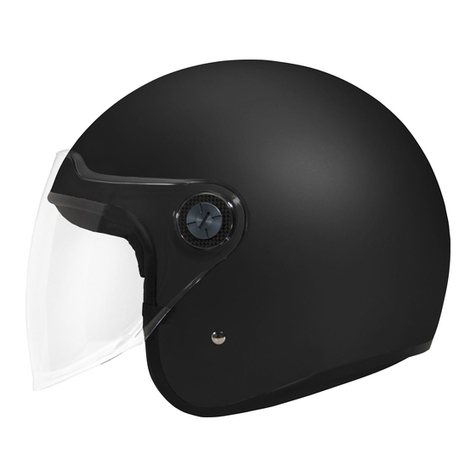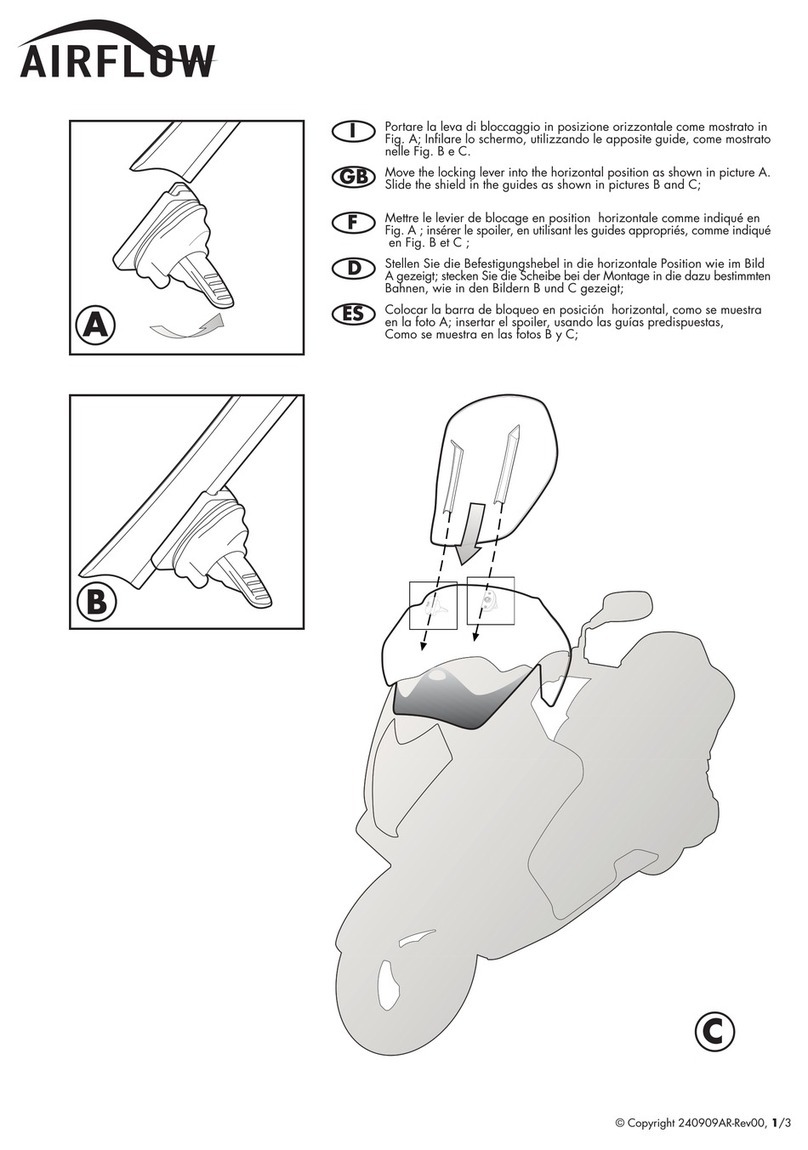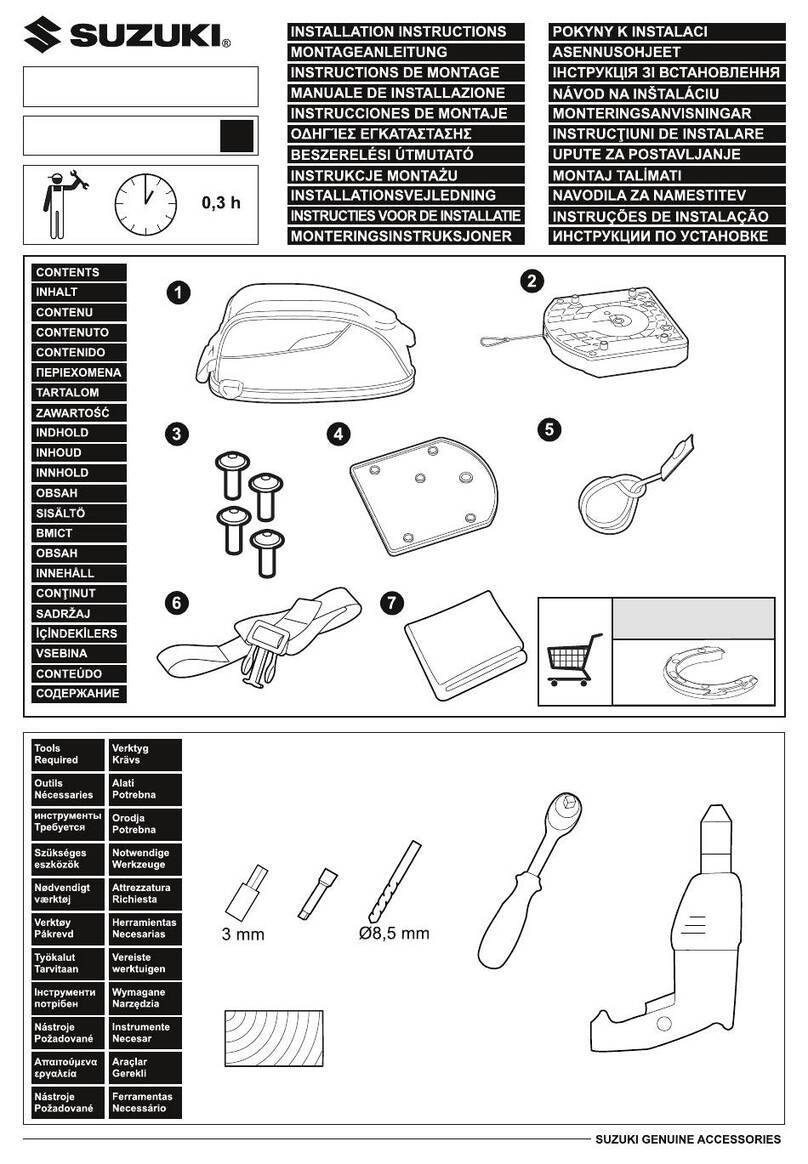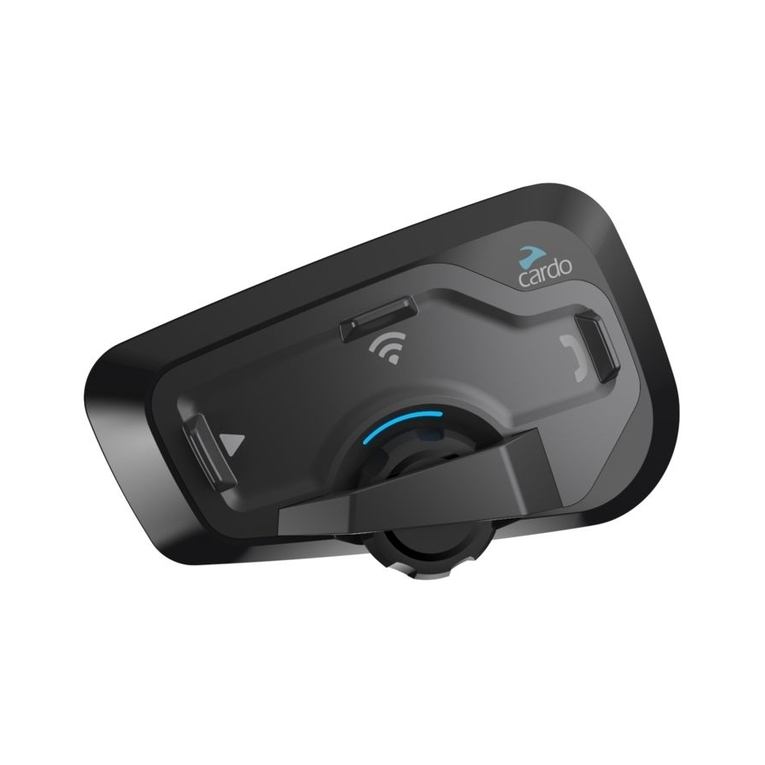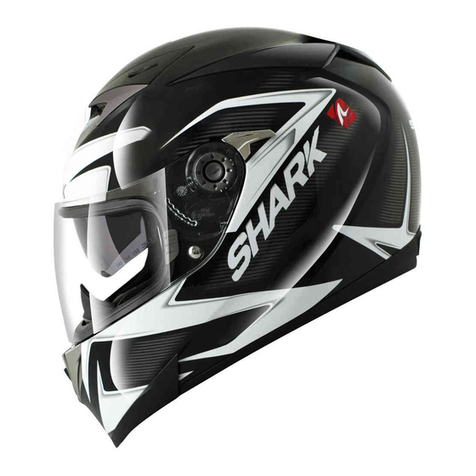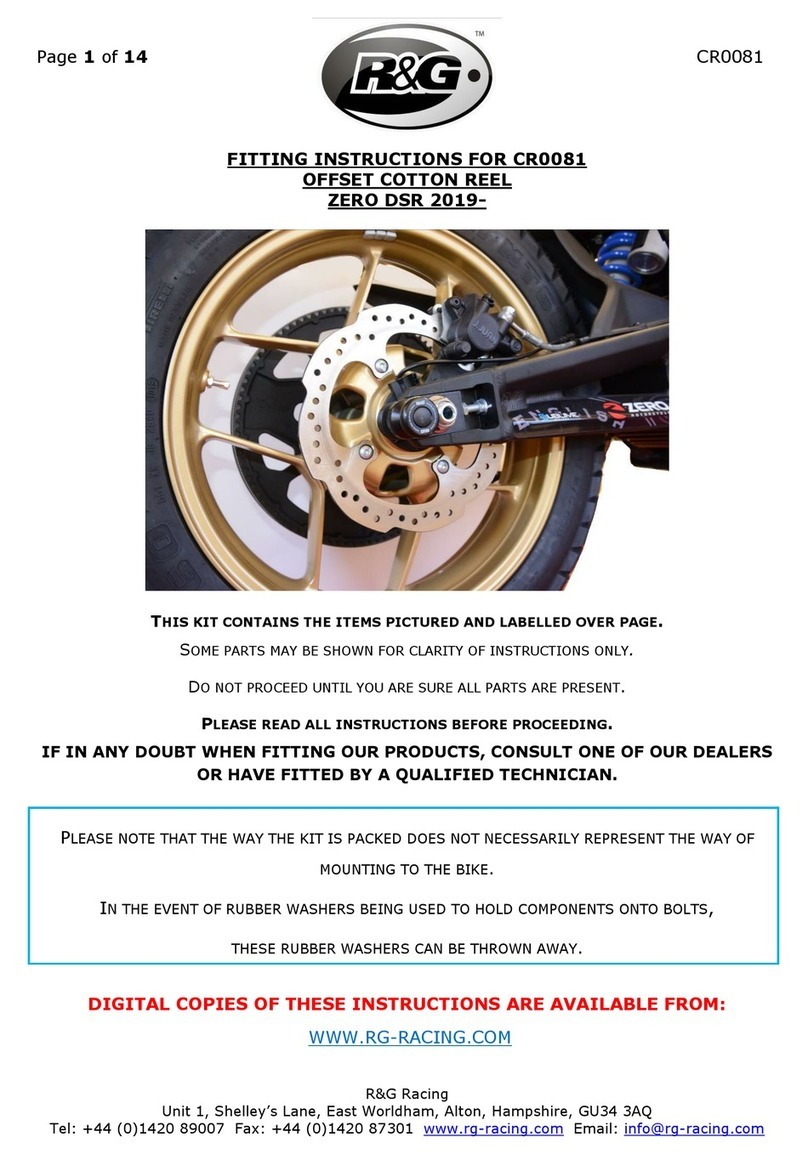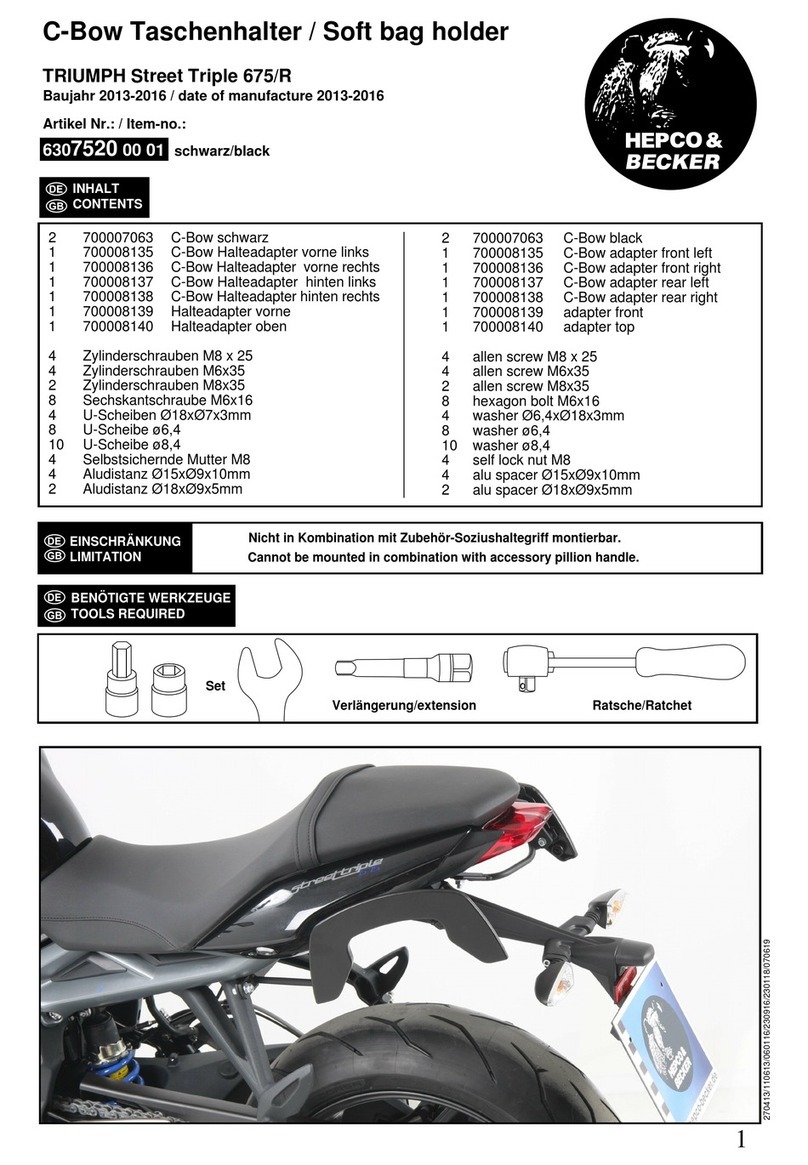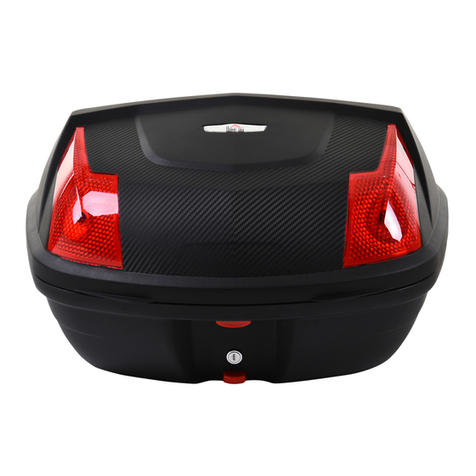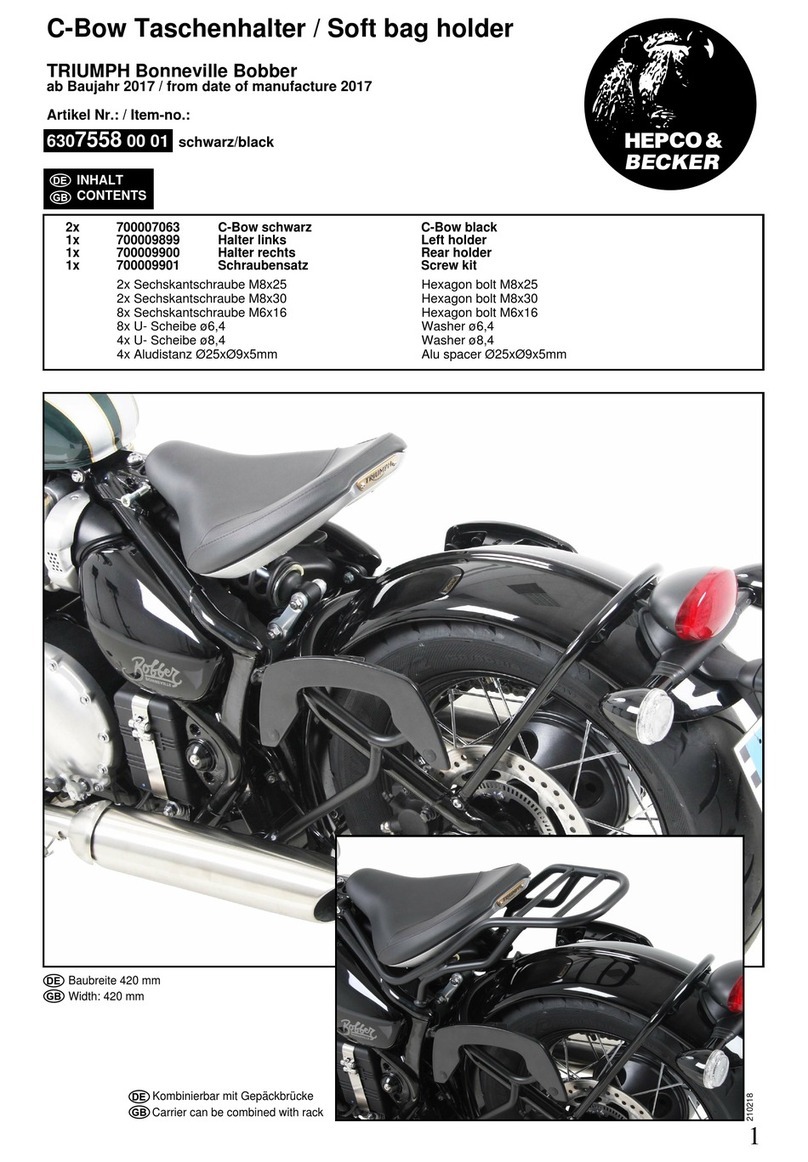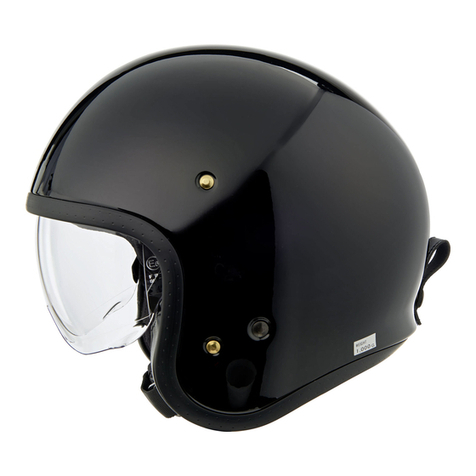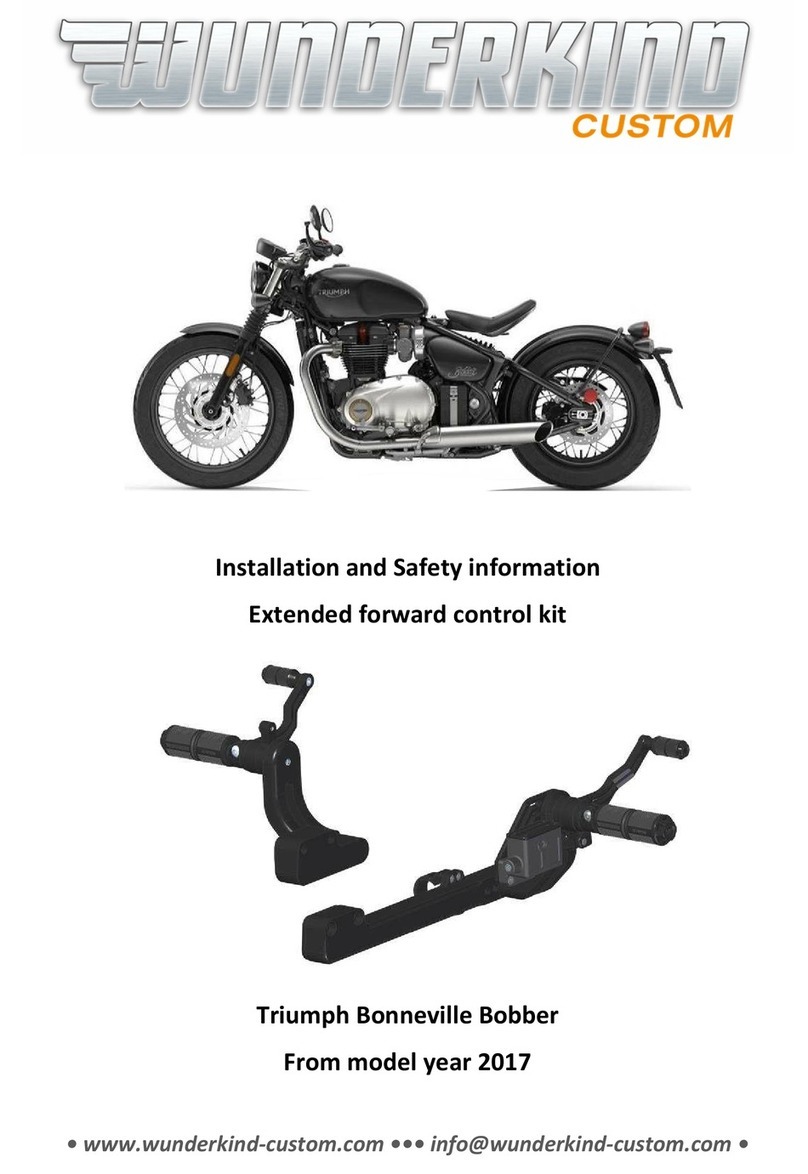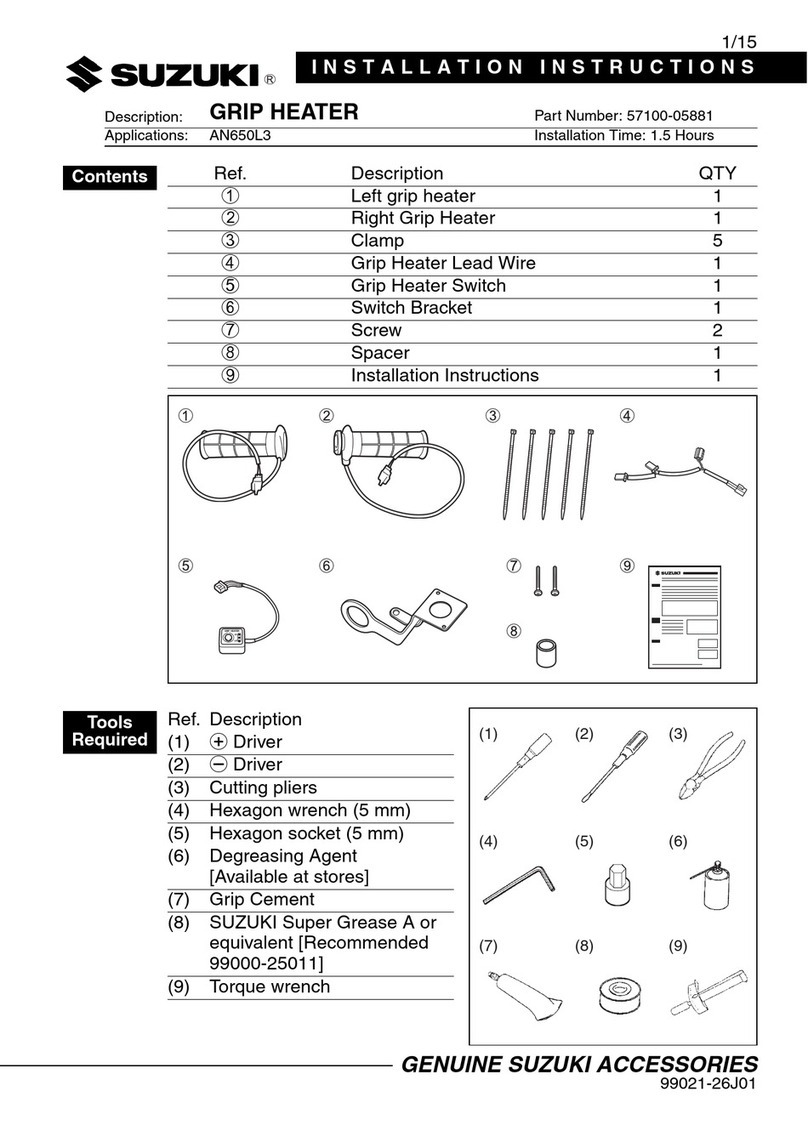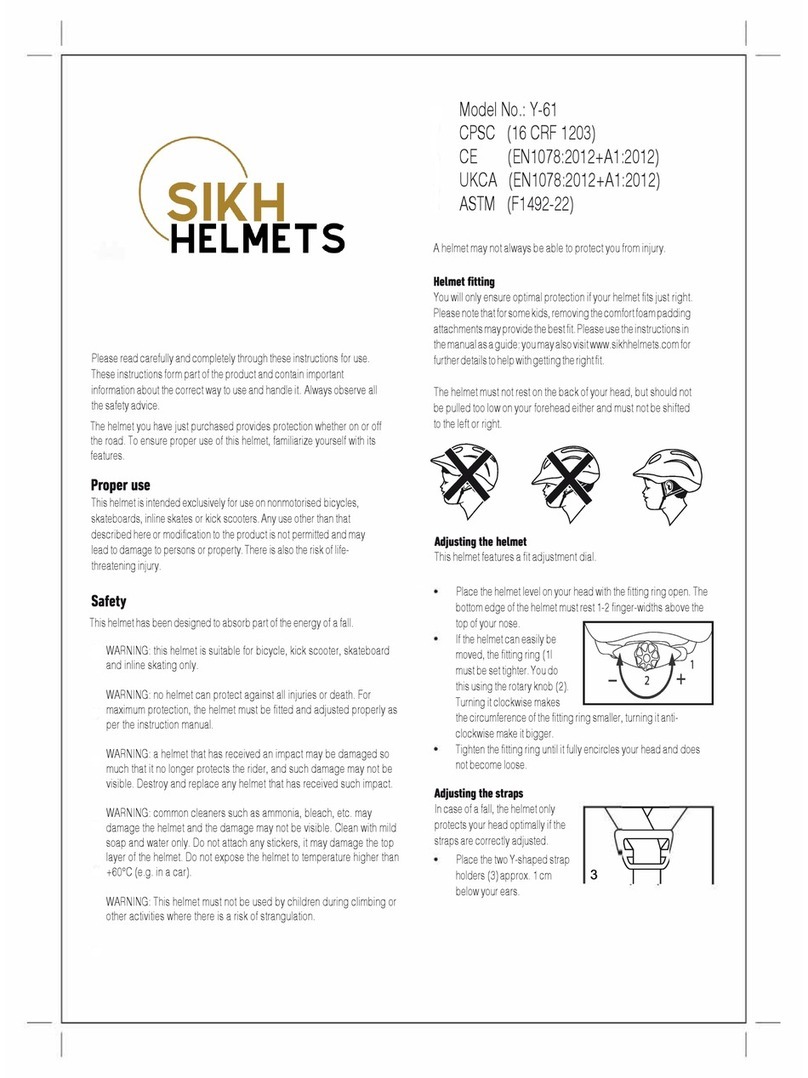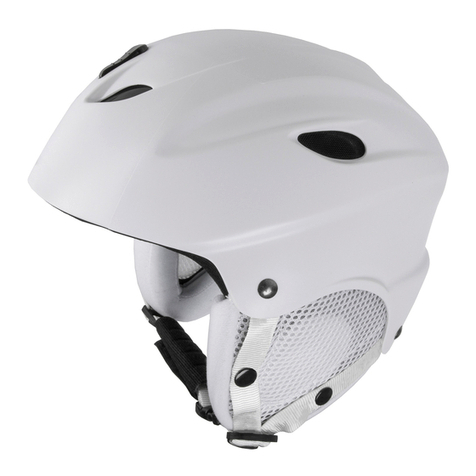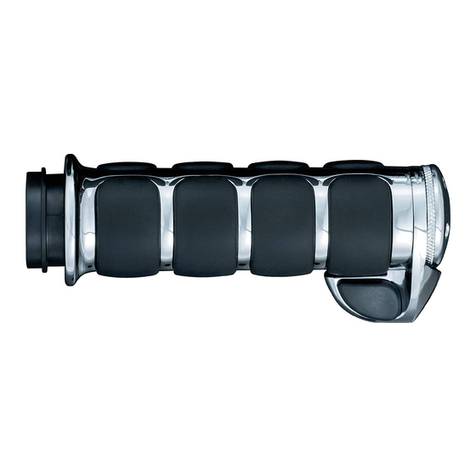Miller Digital Elite User manual

®
Models: Digital Elitet
Digital Pro-Hobby)
Digital Performance Series)
OM-256 476C
2013−01
To help us serve you better, go to www.MillerWelds.Com/Register
Auto-Darkening Helmets

TABLE OF CONTENTS
SECTION 1 −WELDING HELMET SAFETY PRECAUTIONS −READ BEFORE USING 1............
1-1. Symbol Usage 1...................................................................
1-2. Arc Welding Hazards 1.............................................................
1-3. Proposition 65 Warnings 2..........................................................
1-4. Lens Shade Selection Table 3.......................................................
1-5. Principal Safety Standards 3........................................................
SECTION 2 −SPECIFICATIONS 4...........................................................
SECTION 3 −OPERATING INSTRUCTIONS 6................................................
3-1. Helmet Controls 6.................................................................
3-2. Auto On/Off Button And Low Battery Light 7............................................
3-3. Mode Control 8....................................................................
3-4. Variable Shade Control 9...........................................................
3-5. Lens Delay Control 10..............................................................
3-6. Sensitivity Control 11...............................................................
3-7. Typical Lens Adjustment Procedure 12................................................
SECTION 4 −ADJUSTING HEADGEAR 13...................................................
SECTION 5 −REPLACING THE LENS COVERS 14...........................................
5-1. Replacing Outside Lens Cover −Digital Pro-Hobby Series Helmets 14.....................
5-2. Replacing Inside Lens Cover −Digital Pro-Hobby Series Helmets 15.......................
5-3. Replacing Outside Lens Covers On Digital Elite And Performance Quick-Release Helmets 16..
5-4. Replacing Inside Lens Cover −Digital Performance Series Helmets 17.....................
5-5. Replacing The Lens Covers On Digital Elite Standard Helmets 18.........................
SECTION 6 −REPLACING THE BATTERY 19................................................
SECTION 7 −INSTALLING OPTIONAL MAGNIFYING LENS 20................................
SECTION 8 −MAINTENANCE 20...........................................................
SECTION 9 −TROUBLESHOOTING 21......................................................
SECTION 10 −PARTS LIST 22.............................................................
SECTION 11 −LIMITED WARRANTY 29.....................................................

OM-256 476 Page 1
SECTION 1 −WELDING HELMET SAFETY PRECAUTIONS −
READ BEFORE USING
helmet 2012−02
Protect yourself and others from injury — read, follow, and save these important safety
precautions and operating instructions.
1-1. Symbol Usage
This group of symbols means Warning! Watch
Out! ELECTRIC SHOCK, MOVING PARTS,
and HOT PARTS hazards. Consult symbols
and related instructions below for necessary
actions to avoid the hazards.
Indicates special instructions.
DANGER! −Indicates a hazardous
situation which, if not avoided, will
result in death or serious injury. The
possible hazards are shown in the
adjoining symbols or explained in
the text.
Indicates a hazardous situation
which, if not avoided, could result in
death or serious injury. The possible
hazards are shown in the adjoining
symbols or explained in the text.
NOTICE −Indicates statements not related to
personal injury.
1-2. Arc Welding Hazards
Only qualified persons should install, operate, maintain, and repair this unit.
Arc rays from the welding process produce intense visible and invisible (ultraviolet
and infrared) rays that can burn eyes and skin. Sparks fly off from the weld.
Wear a welding helmet fitted with a proper shade of filter to protect your face and eyes when
welding or watching (see ANSI Z49.1 and Z87.1 listed in Safety Standards). Refer to Lens
Shade Selection table in Section 1-4.
Wear approved safety glasses with side shields under your helmet.
Use protective screens or barriers to protect others from flash, glare, and sparks; warn
others not to watch the arc.
Wear protective clothing made from durable, flame-resistant material (leather, heavy cotton,
and wool) and foot protection.
•Before welding, adjust the auto-darkening lens sensitivity setting to meet the application.
•Stop welding immediately if the auto-darkening lens does not darken when the arc is struck.
See the Owner’s Manual for more information.
ARC RAYS can burn eyes and skin.
Arc rays from the welding process produce intense visible and invisible (ultraviolet
and infrared) rays that can burn eyes and skin. Sparks fly off from the weld.
Use impact resistant safety spectacles or goggles and ear protection at all times when using
this welding helmet.
Do not use this helmet while working with or around explosives or corrosive liquids.
Do not weld in the overhead position while using this helmet.
Inspect the auto-lens frequently. Immediately replace any scratched, cracked, or pitted cover
lenses or auto-lenses.
WELDING HELMETS do not provide unlimited eye, ear, and
face protection.

OM-256 476 Page 2
Noise from some processes or equipment can damage hearing.
Wear approved ear protection if noise level is high.
NOISE can damage hearing.
READ INSTRUCTIONS.
Read and follow all labels and the Owner’s Manual carefully before installing,
operating,or servicing unit. Read the safety information at the beginning of
the manual and in each section.
Use only genuine replacement parts from the manufacturer.
Perform maintenance and service according to the Owner’s Manuals, industry standards,
and national, state, and local codes.
FUMES AND GASES can be hazardous.
Welding produces fumes and gases. Breathing these fumes and gases can be
hazardous to your health.
Keep your head out of the fumes. Do not breathe the fumes.
If inside, ventilate the area and/or use local forced ventilation at the arc to remove welding
fumes and gases.
If ventilation is poor, wear an approved air-supplied respirator.
Read and understand the Material Safety Data Sheets (MSDSs) and the manufacturer’s
instructions for metals, consumables, coatings, cleaners, and degreasers.
Work in a confined space only if it is well ventilated, or while wearing an air-supplied respirator.
Always have a trained watchperson nearby. Welding fumes and gases can displace air and
lower the oxygen level causing injury or death. Be sure the breathing air is safe.
Do not weld in locations near degreasing, cleaning, or spraying operations. The heat and rays
of the arc can react with vapors to form highly toxic and irritating gases.
Do not weld on coated metals, such as galvanized, lead, or cadmium plated steel, unless the
coating is removed from the weld area, the area is well ventilated, and while wearing an air-
supplied respirator. The coatings and any metals containing these elements can give off toxic
fumes if welded.
1-3. Proposition 65 Warnings
Welding or cutting equipment produces fumes or gases which contain chemicals known
to the State of California to cause birth defects and, in some cases, cancer. (California
Health & Safety Code Section 25249.5 et seq.)
This product contains chemicals, including lead, known to the state of California to cause
cancer, birth defects, or other reproductive harm. Wash hands after use.

OM-256 476 Page 3
1-4. Lens Shade Selection Table
Process Electrode Size
in. (mm) Arc Current
in
Amperes
Minimum
Protective
Shade No.
Suggested
Shade No.
(Comfort)*
Shielded Metal Arc
Welding (SMAW) Less than 3/32 (2.4)
3/32−5/32 (2.4−4.0)
5/32−1/4 (4.0−6.4)
More than 1/4 (6.4)
Less than 60
60−160
160−250
250−550
7
8
10
11
−−
10
12
14
Gas Metal
Arc Welding
(GMAW)
Flux Cored
Arc Welding
(FCAW)
Less than 60
60−160
160−250
250−500
7
10
10
10
−−
11
12
14
Gas Tungsten Arc
Welding (TIG) Less than 50
50−150
150−500
8
8
10
10
12
14
Air Carbon
Arc Cutting (CAC-A) Light
Heavy Less than 500
500−1000 10
11 12
14
Plasma Arc
Cutting (PAC) Less than 20
20−40
40−60
60−80
80−300
300−400
400−800
4
5
6
8
8
9
10
4
5
6
8
9
12
14
Plasma Arc Welding
(PAW) Less than 20
20−100
100−400
400−800
6
8
10
11
6−8
10
12
14
Reference: ANSI Z49.1:2005
* Start with a shade that is too dark to see the weld zone. Then, go to a lighter shade which gives a
sufficient view of the weld zone without going below the minimum.
1-5. Principal Safety Standards
Safety in Welding, Cutting, and Allied Processes, ANSI Standard Z49.1, is available as a free down-
load from the American Welding Society at http://www.aws.org or purchased from Global Engineering
Documents (phone: 1-877-413-5184, website: www.global.ihs.com).
Safe Practice For Occupational And Educational Eye And Face Protection, ANSI Standard Z87.1,
from American National Standards Institute, 25 West 43rd Street, New York, NY 10036 (phone:
212-642-4900,website: www.ansi.org).
This manual suits for next models
2
Table of contents
Other Miller Motorcycle Accessories manuals
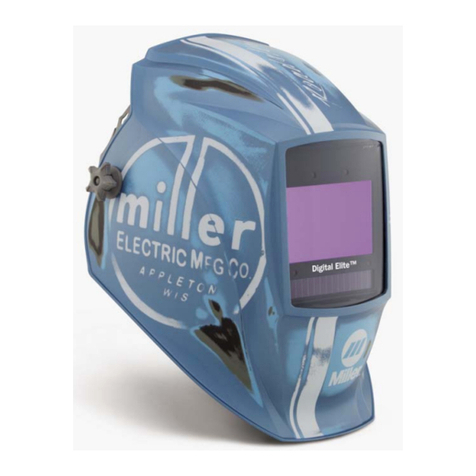
Miller
Miller Digital Performance Series User manual
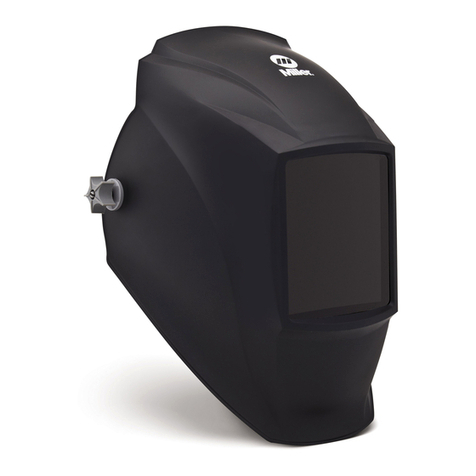
Miller
Miller MP-10 Series User manual
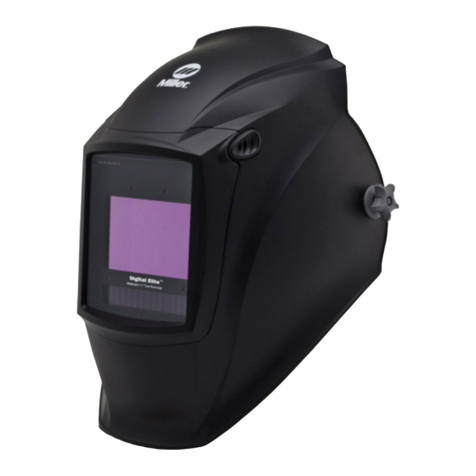
Miller
Miller Titanium Series User manual
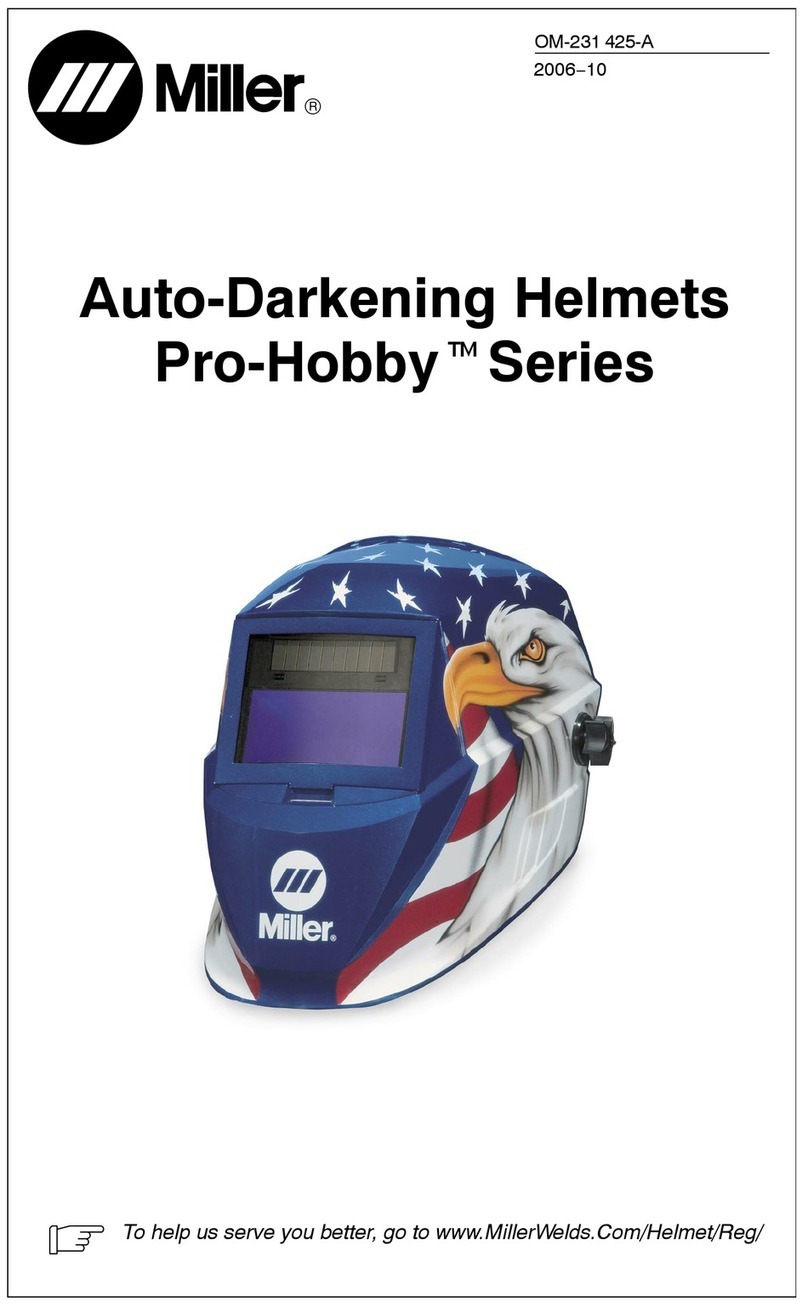
Miller
Miller Pro-Hobby Series User manual
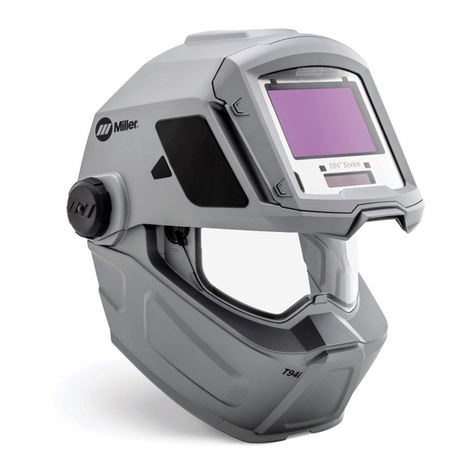
Miller
Miller T94 Series User manual
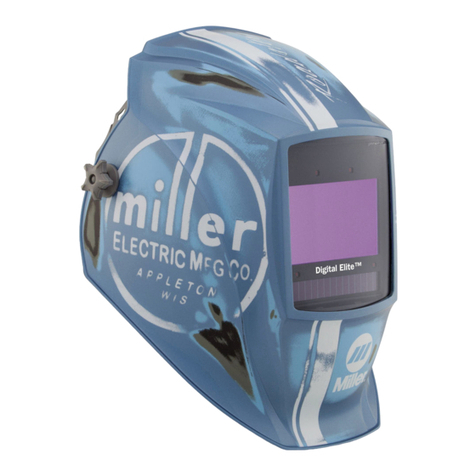
Miller
Miller Elite Series User manual
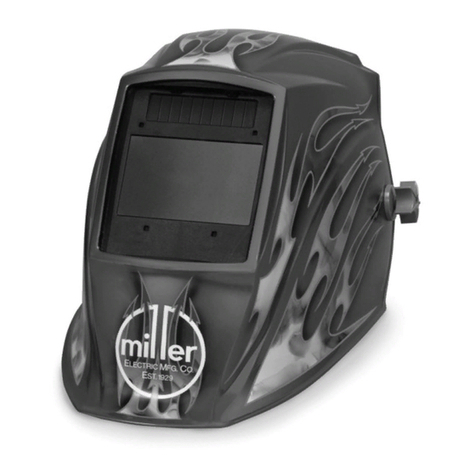
Miller
Miller Elite Series User manual

Miller
Miller Titanium Series User manual

Miller
Miller Elite Series User manual
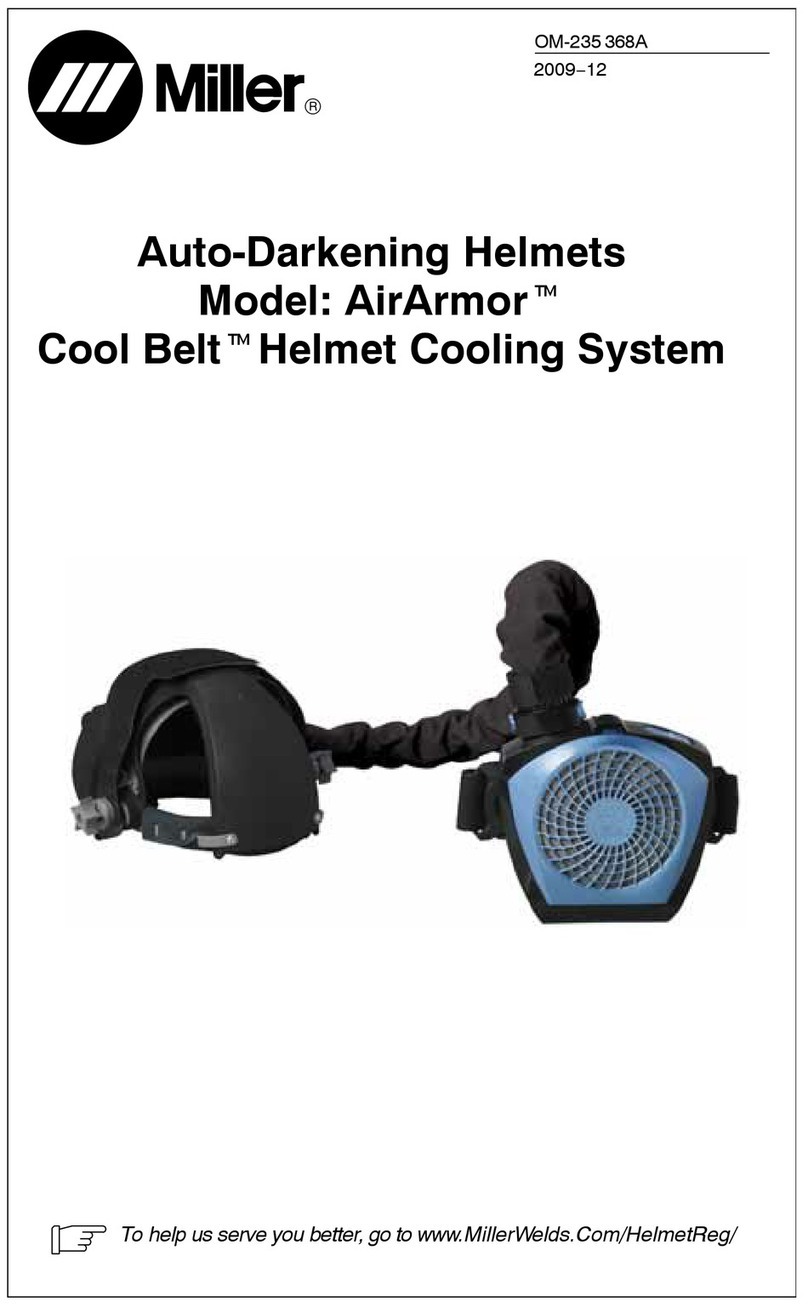
Miller
Miller AirArmor User manual

